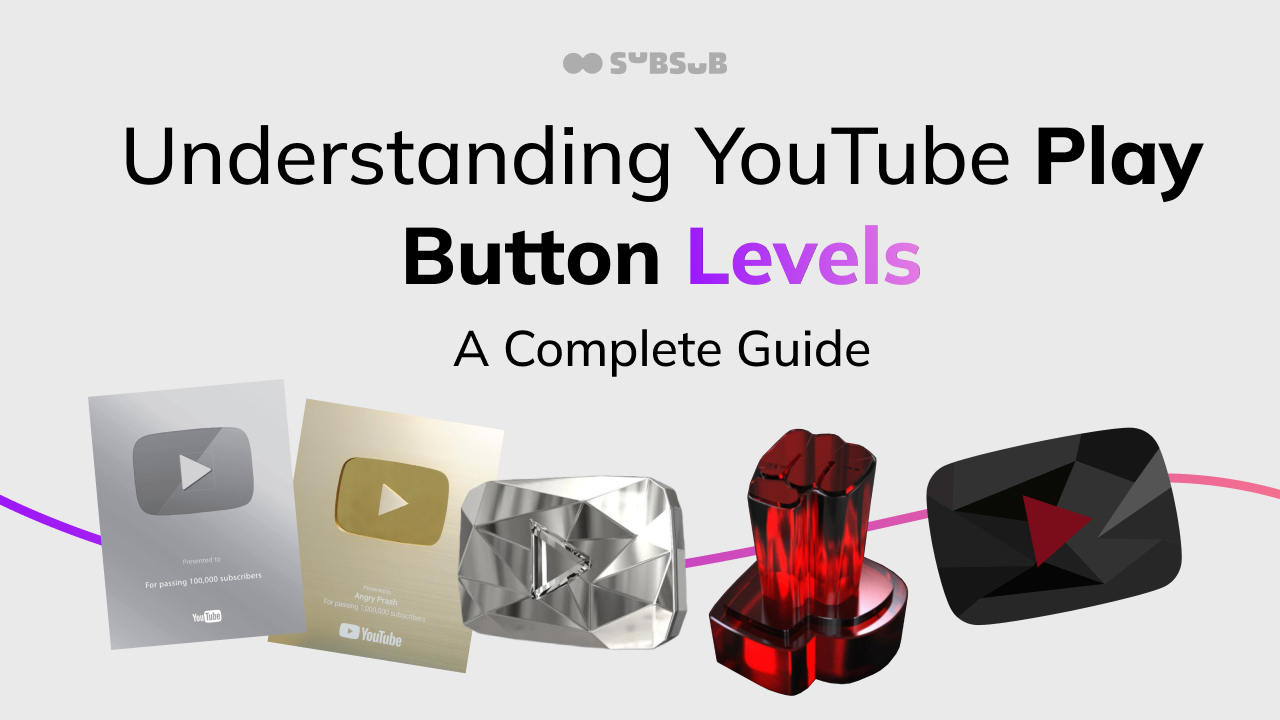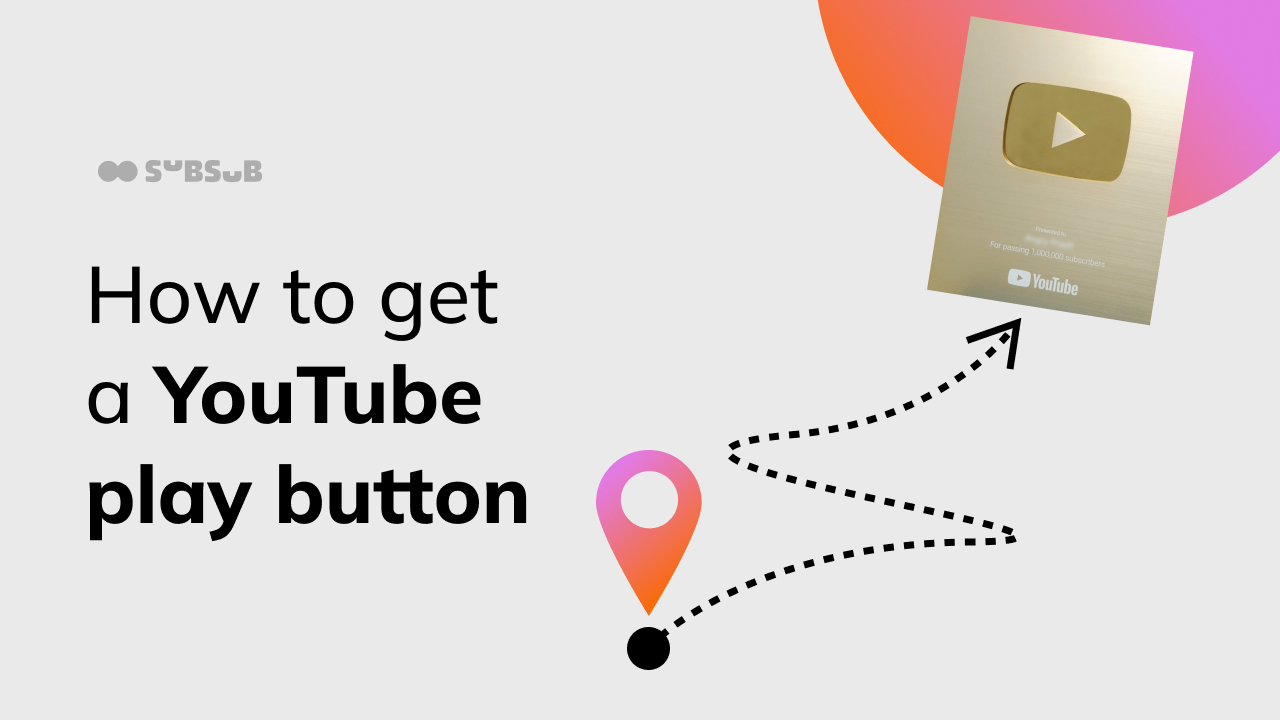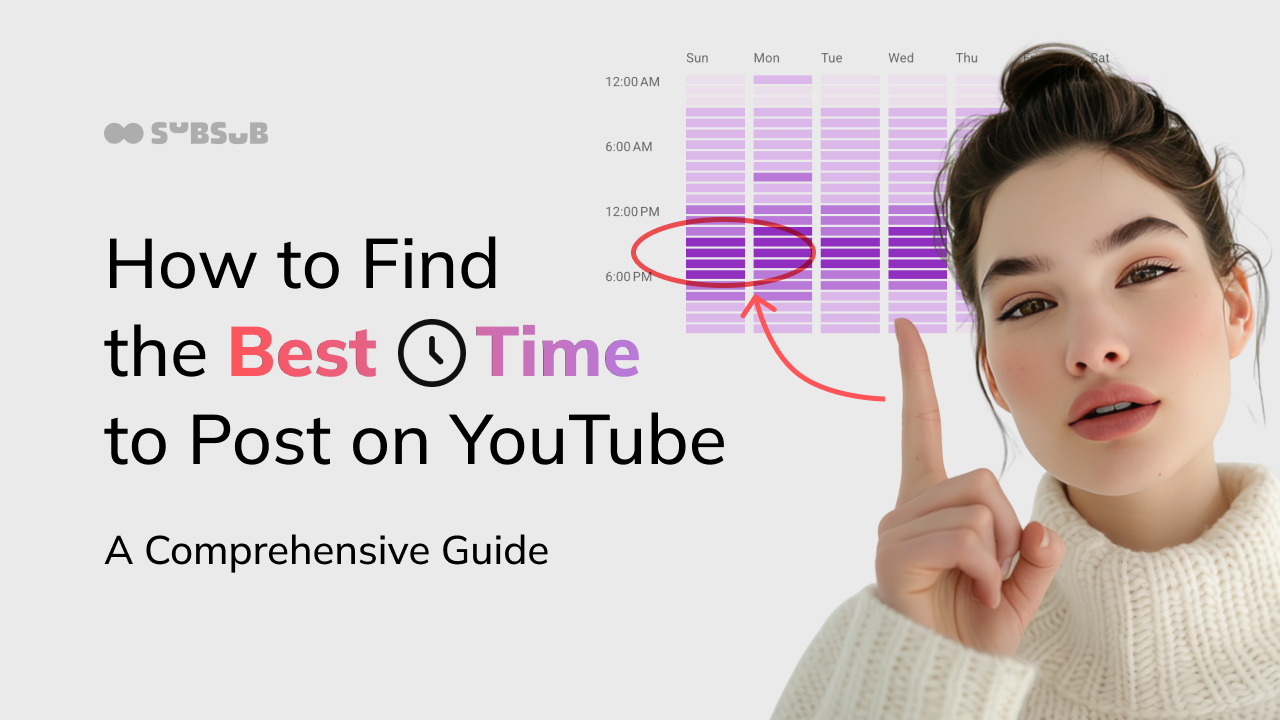Streaming has become one of the most popular ways to share content, connect with audiences, and even build a career online. Whether you want to broadcast your favorite video games, host live talk shows, or share creative tutorials, getting started with streaming can seem overwhelming at first. But with the right tools and a little know-how, anyone can set up a professional-looking stream that captivates viewers.
This comprehensive guide will walk you through everything you need to start streaming—from the essential hardware and software to tips on creating engaging content and growing your audience. By the end, you’ll have a clear roadmap to launch your streaming journey confidently.
Understanding the Basics: What Is Streaming?
Before diving into the equipment and setup, it’s important to understand what streaming actually entails. Streaming is the process of broadcasting live video content over the internet. Unlike uploading pre-recorded videos, streaming delivers real-time content, allowing viewers to watch and interact as the action unfolds.
This immediacy creates a dynamic experience, fostering community interaction through chat, live reactions, and real-time feedback. Popular platforms like Twitch, YouTube Live, Facebook Gaming, and others have made streaming accessible to millions worldwide.
Essential Hardware for Streaming
One of the first steps in starting your streaming adventure is gathering the right hardware. The quality of your stream depends heavily on the devices you use, so investing wisely can make a big difference.
1. A Reliable Computer or Console
Your computer or gaming console is the heart of your streaming setup. For PC streaming, a machine with a strong processor (Intel i5 or AMD Ryzen 5 and above), at least 8GB of RAM, and a dedicated graphics card will handle most streaming tasks smoothly. Streaming and gaming simultaneously can be demanding, so a powerful CPU and GPU are critical.
If you’re streaming console games, modern consoles like the PlayStation 5, Xbox Series X, or Nintendo Switch have built-in streaming capabilities. However, for more control and customization, many streamers use a capture card to connect their console to a PC for streaming.
2. Capture Card
A capture card is essential if you want to stream gameplay from consoles or external devices. It captures video output from your console and sends it to your computer for encoding and broadcasting. Popular models include the Elgato HD60 S and AVerMedia Live Gamer Portable. These devices ensure smooth, high-quality video capture without taxing your console’s performance.
3. Webcam
Adding a webcam to your stream personalizes your content and helps build a connection with your audience. Viewers enjoy seeing the streamer’s reactions and expressions, which adds authenticity. Entry-level webcams like the Logitech C920 offer excellent 1080p video quality and are easy to set up. For higher-end options, cameras with DSLR or mirrorless capabilities can be connected via capture cards for superior image quality.
4. Microphone
Audio quality is just as important as video. Clear, crisp sound makes your stream more professional and easier to follow. USB microphones such as the Blue Yeti or Audio-Technica ATR2100 are popular choices for beginners due to their plug-and-play nature and solid sound quality. For those seeking even better audio, an XLR microphone paired with an audio interface provides superior clarity and noise control.
5. Headphones
Using headphones while streaming prevents audio feedback loops between your speakers and microphone, which can cause annoying echoes. Closed-back headphones also help you monitor your stream’s sound quality and stay immersed in your content without distractions.
Software and Streaming Platforms
Once your hardware is in place, the next step is selecting the right software and platform to broadcast your content.
1. Streaming Software (Encoder)
Streaming software, or an encoder, captures your video and audio inputs, compresses them, and sends the stream to your chosen platform. The most popular free options are OBS Studio and Streamlabs Desktop. Both offer powerful customization, scene switching, and plugin support.
OBS Studio is open-source and highly versatile, favored by many for its flexibility. Streamlabs Desktop builds on OBS with an easier interface and integrated tools like alerts and chat widgets, making it ideal for beginners.
2. Streaming Platforms
Choosing the right platform depends on your content and target audience. Twitch is the go-to for gaming streams, boasting a massive community and extensive features. YouTube Live is great for a wide variety of content types and benefits from YouTube’s massive user base and search capabilities. Facebook Gaming is growing rapidly and integrates well with social media for easy sharing.
Each platform has its own rules, monetization options, and community culture, so it’s worth exploring them to find the best fit.
3. Additional Software Tools
Enhance your stream with tools like chatbots (e.g., Nightbot, StreamElements) to moderate chat and engage viewers. Overlay design software or pre-made templates can help you create visually appealing scenes with alerts, recent follower notifications, and branding elements.
Setting Up Your Stream: Step-by-Step
With hardware and software ready, it’s time to configure your streaming setup.
1. Connect and Test Your Hardware
Start by connecting your webcam, microphone, and capture card to your computer. Ensure all drivers are installed and devices are recognized. Test each component individually to confirm they’re working properly.
2. Configure Streaming Software
Open your chosen encoder and set up your scenes. A “scene” is a collection of sources like your game capture, webcam feed, overlays, and alerts. For example, you might have a “Starting Soon” scene, a “Live Gameplay” scene, and a “Be Right Back” scene for breaks.
Adjust audio levels so your microphone isn’t too loud or too quiet compared to game sound or music. Use filters like noise suppression or gain control to improve sound quality.
3. Link to Your Streaming Platform
Obtain your stream key from your platform’s dashboard and enter it into your streaming software. This key is what allows your software to broadcast directly to your channel. Always keep your stream key private to prevent unauthorized access.
4. Run Test Streams
Before going live publicly, run private or unlisted test streams to check video quality, audio sync, and overall performance. This helps you troubleshoot any issues without affecting your audience’s experience.
Creating Engaging Content and Growing Your Audience
Technical setup is just the beginning. Building a successful stream requires engaging content and community interaction.
1. Define Your Niche
Focus on content that you’re passionate about and that has an audience. Whether it’s competitive gaming, creative arts, cooking, or educational streams, having a clear niche helps attract viewers who share your interests.
2. Be Consistent
Regular streaming schedules encourage viewers to return and build habits around your content. Consistency also signals to platforms that you’re an active creator, which can improve discoverability.
3. Interact with Your Viewers
Engagement is key in live streaming. Respond to chat messages, ask questions, and create interactive segments like polls or giveaways. Making viewers feel seen and valued fosters loyalty and community growth.
4. Promote Your Stream
Use social media platforms like Twitter, Instagram, TikTok, and Discord to announce streams, share highlights, and connect with fans. Collaborating with other streamers can also expose you to new audiences.
5. Invest in Branding
Develop a unique and consistent brand identity with logos, overlays, and channel art. A professional look helps you stand out and makes your channel memorable.
Advanced Tips and Considerations
As you gain experience, there are several ways to enhance your streaming setup and content quality.
1. Upgrade Your Internet Connection
A stable, high-speed internet connection is critical for smooth streaming. Aim for an upload speed of at least 5 Mbps for 720p streams and higher for 1080p or 4K quality. Wired Ethernet connections are preferred over Wi-Fi to reduce latency and interruptions.
2. Use Multiple Cameras and Angles
Adding additional cameras or different angles can make your streams more dynamic. For example, a second camera showing your workspace or hands during a creative stream adds depth and interest.
3. Incorporate Green Screens and Lighting
Green screens allow you to replace your background with custom images or animations, creating a more immersive experience. Proper lighting, such as ring lights or softboxes, improves video quality and reduces shadows.
4. Monitor Stream Analytics
Most platforms provide analytics on viewer counts, watch time, and engagement. Use this data to understand what content resonates best and adjust your strategy accordingly.
Common Challenges and How to Overcome Them
Streaming can come with hurdles, especially for beginners. Here are some common challenges and practical solutions.
1. Dealing with Technical Issues
Unexpected crashes, audio problems, or lag can disrupt your stream. Keep your software updated, close unnecessary programs, and have backup equipment when possible. Joining streaming communities can also provide valuable troubleshooting advice.
2. Managing Burnout
Streaming regularly can be exhausting. Set realistic goals, take breaks, and remember that growth takes time. Prioritize your mental health and don’t hesitate to step back when needed.
3. Navigating Negative Feedback
Unfortunately, trolls and negative comments are part of online streaming. Use moderation tools and chat filters to maintain a positive environment. Focus on constructive criticism and supportive viewers.
Conclusion: Your Streaming Journey Starts Now
Starting a streaming channel is an exciting adventure filled with creative opportunities and community building. By investing in the right hardware, mastering streaming software, and focusing on engaging content, you can create streams that entertain and inspire.
Remember, every successful streamer began with a simple setup and a passion to share. Take the first step today, keep learning, and enjoy the rewarding experience of connecting with viewers around the world.
Join SubSub and Elevate Your Streaming Success
Ready to take your streaming journey to the next level? With SubSub, you can leverage the ultimate revenue booster for creators. Our all-in-one platform empowers you with advanced analytics, enhances your donation capabilities, and helps you maximize revenue with our all-encompassing suite of YouTube tools. Whether you're aiming for exponential growth through our SubSub Partner Program or looking to amplify your content's impact, we're here to support your ascent. Tap into the vast database of top YouTube channels and begin your growth trajectory. Sign up for free today and start realizing your full potential as a creator with our help.




.png)





.jpg)





